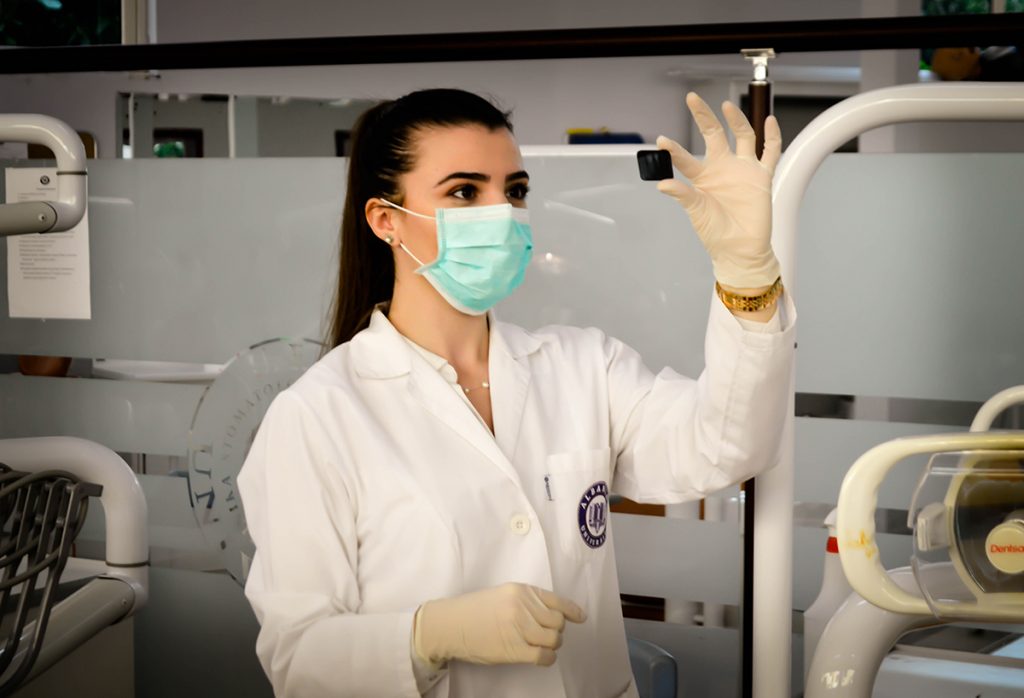Is Healthcare Artificial Intelligence The Answer?
To help explain the future of healthcare Artificial Intelligence (AI) let’s borrow a few lines from Lewis Carroll’s classic Alice in Wonderland:
Alice: Would you tell me, please, which way I ought to go from here?
The Cheshire Cat: That depends a good deal on where you want to get to.
So it is with healthcare AI. It really just depends on where we want to go with healthcare in the US (and globally for that matter). Much of the current conversation seems to be on using AI to improve medical care. Hospitals want to use data from retail clinics, homes, government agencies and more to predict individual medical needs. Big Tech companies try to apply AI to diagnose diseases better than physicians. Insurers collect massive amounts of data to manage better their risk pool through AI.

A common theme for so many of these healthcare AI scenarios is that AI improves the efficiency of the current system. That improvement is supposedly good for everyone: patients, providers, insurers. And that is also where we get it terribly wrong. If we really want to make the most of healthcare AI investments and promote wellbeing there are two things we must remember:
- No one wants to be a patient, but everyone wants to be healthy.
- AI offers only point solutions, not a universal truth.
Everyone Wants To Be Healthy
No one wants to be a patient, not even doctors and nurses. The patient experience is painful, frightening, and terribly expensive (in the US anyway). Everyone would much prefer to remain healthy and never see the inside of a hospital. In the US sick care system, however, there is a financial incentive only when there is a diagnosis and treatment. Healthcare AI solutions that do not produce more diagnoses and treatments are not viable in our current sick care system. Like Alice, we must know which way we want to go: more sick care or a new system for health and wellbeing?
AI Offers Only Point Solutions
Artificial Intelligence comes in two basic flavors: 1) General and 2) Narrow. Again, we must plan and invest knowingly to get to where we want to go. These investments over the next 5-10 years will largely determine the direction of Healthcare for decades.
General AI
This is the sexy AI, the stuff we see in science fiction. Computers are so smart that they can address any type of problem decisively and with lightning speed. We use words like “reasoning” or “thinking” when we imagine the power of General AI. As far as our investments and resources go for healthcare AI the General AI option is many years away. We cannot afford to invest in fiction.
Narrow AI
That leaves us to consider narrow AI. These are solutions that are focused on a specific task like search, image analysis, or driving a car. Each is a significant undertaking and requires advanced capabilities. These point solutions in healthcare AI are already underway. Unfortunately, many of the solutions are those that focus on more diagnoses and treatments in the current sick care model. This is not where we want to go.
Healthcare AI For Health

Focused on Narrow AI, we can envision healthcare where AI promotes health as a state of complete physical, mental, and social well-being and not merely the absence of disease or infirmity (as the World Health Organization defines health). There are near countless examples of improving health with AI when we think holistically about real healthcare requirements:
- Instead of more diagnoses and treatments, what about healthcare AI that weans patients off medications with improvements in nutrition and other social determinants of health?
- Maybe AI that offers an appropriate personalized spiritual thought based on facial expression, voice tone, or body posture?
- What about AI for positive online social interactions that help filter negative experiences and protect privacy instead of tracking every movement/action to provide more ads?
- If we allow AI-driven cars on our roads why not self-driving food trucks with fresh produce and prepared foods for areas we currently call “food deserts”?
- And just imagine, if you will, an AI that evaluated a person’s current health not only against mountains of conventional medical data from the last hundred years but millennia of data from traditional medical systems like Ayurveda and Traditional Chinese Medicine?
There are countless applications for real healthcare AI. We only need to decide where we are going.
Be Well!
About the Author –

Tim Perry
Co-founder & CIO, Healthcare Too
Advisor to the CIO of AgFirst
Tim Perry, MPA, MS, CPHIMS, CISSP is the Co-Founder & Chief Information Officer of Consumer Health platform HealthCare Too. Over the past 3 decades, Tim has worked in Fortune 50 executive leadership roles as well as startups and has developed a deep passion for transforming healthcare. He is blessed with a wonderful wife and two inspiring children. Tim has practiced Tai Chi (Taiji Chuan) for 20 years and enjoys cooking wholesome (and easy) meals.
Back to blogs
